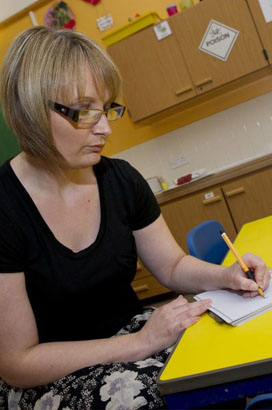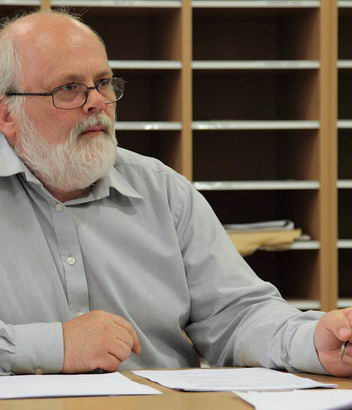
Solution-Focused Brief Therapy (SFBT) tools and strategies support children with mental health difficulties and provide useful frameworks to maintain staff well-being.
It is a particularly useful approach because it:
- Promotes change and positive outcomes for children and adults; and
- Focuses on the solution not the problem.
The pages that follow outline the key skills and strategies adopted by therapists when working with individuals. Read through each section in turn and, if possible, get someone from your staff team to work through the process with you.
When you have completed this, consider how you might use each skill/strategy in your place of work.

When you work with a client, make sure that you establish a strong rapport in an environment that is conducive to good communication.
Find someone to work with. Ask them to tell you about something that they have been pleased with, or has been going well for them recently. Identify/note down any:
- Competencies;
- Skills;
- Coping strategies;
- Qualities; or
- Strengths that they reveal.
One of the most important features of SFBT is the separation of the person from the problem. It is vital that you get the client to step back from the problem; describing it in concrete terms is one way to do this.
Sometimes a problem might seem too big to overcome. Clients use language that conveys this:
- 'It's just all too awful';
- 'This is the worst class I've ever taught';
- 'He's badly behaved all the time';
- 'I don't think I'll ever get through this'.
First, the problem needs to be broken into manageable chunks. The therapist does this by acknowledging the difficulty, while also enabling the client to take a broader perspective.

Invite your partner to tell you about a minor problem. Obtain factual information from them that asks the following types of questions:
- Who is present when the problem occurs?
- When/where does it happen?
- Does it happen all the time or occasionally?
These questions will enable you to separate the person from the problem.
Ask them how they got through that situation or how they managed to make things better?

It is important to focus on how things will be when the situation has improved or the problem has been solved.
Ask your partner appropriate questions to determine their preferred future. Try to describe how things will be when the problem has been solved.
Ask your partner what they would perceive to be the best outcome of their problem situation?
If the situation is resolved successfully, ask them what their friends and family might notice?

Exceptions are an important part of an SFBT approach. Identify them correctly and you will be able to foster and develop competencies and resources in your client that are effective.
Ask your partner the following questions:
- Tell me about times when it doesn't happen?
- What about the times when it happens less?
- When does it bother you the least?
- What was life like before the problem?
Scaling is a commonly used technique in SFBT. It helps to break down aspects of the problem and separate possible solutions into manageable chunks.
Where problems are complex, multiple scaling can help by dealing with one thing at a time – and often improvements on one scale will lead to improvements on the others.
Invite your partner to describe, on a scale of zero to ten (with zero being the worst that the problem can be), where they are at this moment? Follow this up with these key questions:
- What is it that you are doing/have been doing that means that you have not rated it a zero?
- Where would you like to be (this can be ten, although remember that ten is sometimes unrealistic, or represents a degree of perfection that none of us can reach or sustain)?
- What do you feel life will be like when you have reached that point?
- If you are on a three, tell me what you are doing already to help you be at a three?
- What would you need to do to get to a four?
- What will you be doing that will tell you that you are on a four?

What do you think you could use from this set
of tools?
Could scaling using visual means be useful?
Critique and discuss this with your colleagues and make any necessary modifications in regard to the students that you work with.
